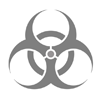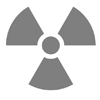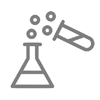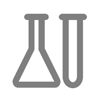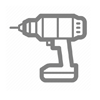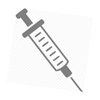Before you begin working in the lab, determine general and specific laboratory hazards. The American Chemical Society has a tool to help identify laboratory hazards and evaluate for necessary controls.
There are a number of different sources that you can use to find hazard information. Safety Data Sheets (SDS) and chemical labels can be useful for initially determining the hazards. The GHS* symbols on the SDS or label can give an overview of the hazards to anyone in the lab. Completed forms, such Chemical Use Planning Forms and Standard Operating Procedures, can be used by new lab members to identify the hazards they will be using. Make sure to identify both physical and health hazards.
View information on your laboratory building to learn about specific building features. These safety features should be acknowledged before work with hazardous materials begins.


